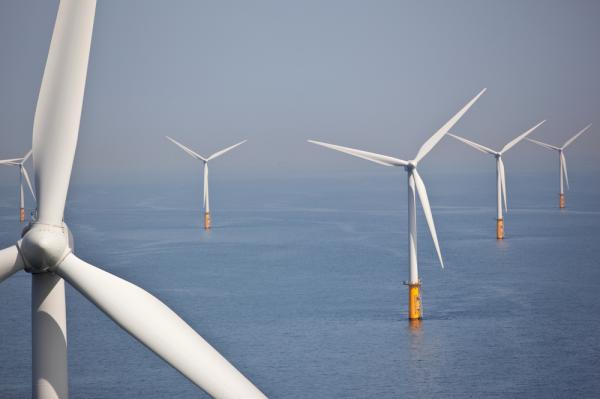
COLUMBUS, Ohio, Feb. 2 (UPI) — Most tall objects, whether natural or man-made, sway in the wind — buildings, trees, bridges. Researchers at Ohio State are trying to find a way to turn all that kinetic energy into electricity.
And according a new paper published in the Journal of Sound and Vibration, they’ve had a breakthrough of sorts.
They developed electromechanical materials capable of converting sporadic energy, like gusts of wind, into electricity-producing structural vibrations. The scientists say these materials could be used to build treelike structures — a short trunk with a few branches.
Lead researcher Ryan Harne, assistant professor of mechanical and aerospace engineering at Ohio State, says the technology’s initial applications are likely to be modest — a small mechanical tree powering a sensor that monitors the structural health and integrity of a bridge or building.
But there is the potential to scale up.
“Buildings sway ever so slightly in the wind, bridges oscillate when we drive on them and car suspensions absorb bumps in the road,” Harne said in a news release. “In fact, there’s a massive amount of kinetic energy associated with those motions that is otherwise lost. We want to recover and recycle some of that energy.”
The key to the new technology is the material’s ability to turn high-frequency inputs, random gusts of wind, into consistent low-frequency vibrations that can generate power. The researchers used a model to determine the proper structure. A tree-like shape was ideal for promoting the kind of internal resonance they needed.
The swaying motion of their prototype confirmed what their model predicted. With sufficient external input, the swaying tree reached what the researchers call “saturation phenomena,” converting high-frequency forces into low-frequency oscillation.
“In addition, we introduced massive amounts of noise, and found that the saturation phenomenon is very robust, and the voltage output reliable,” Harne said. “That wasn’t known before.”





